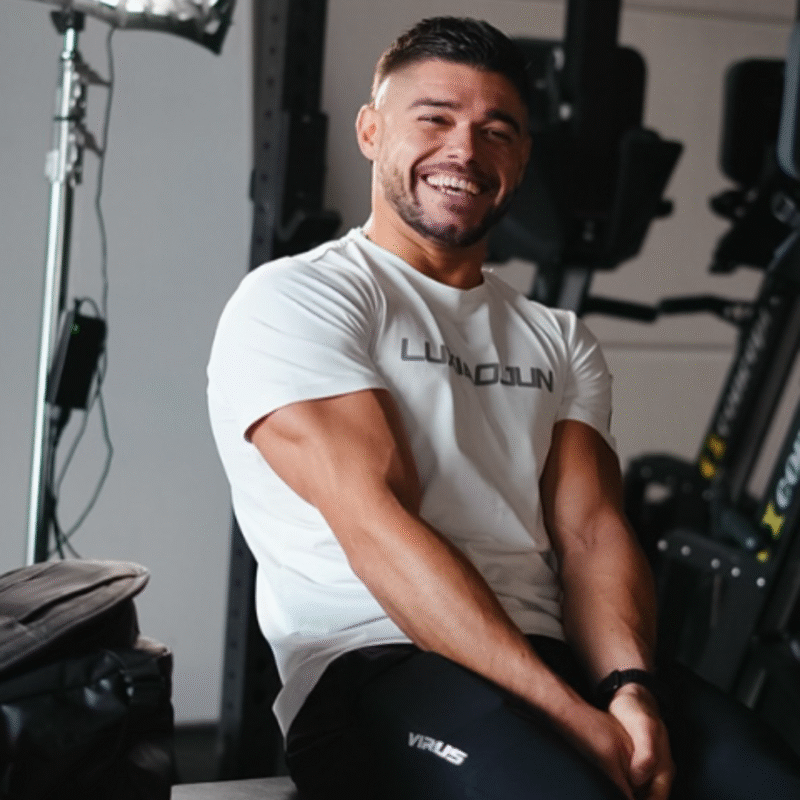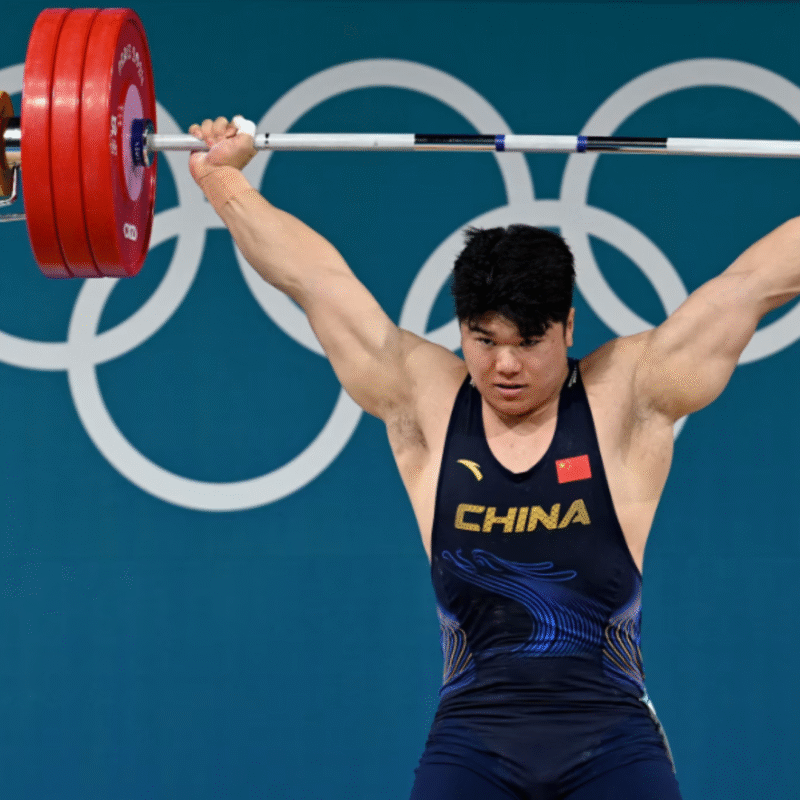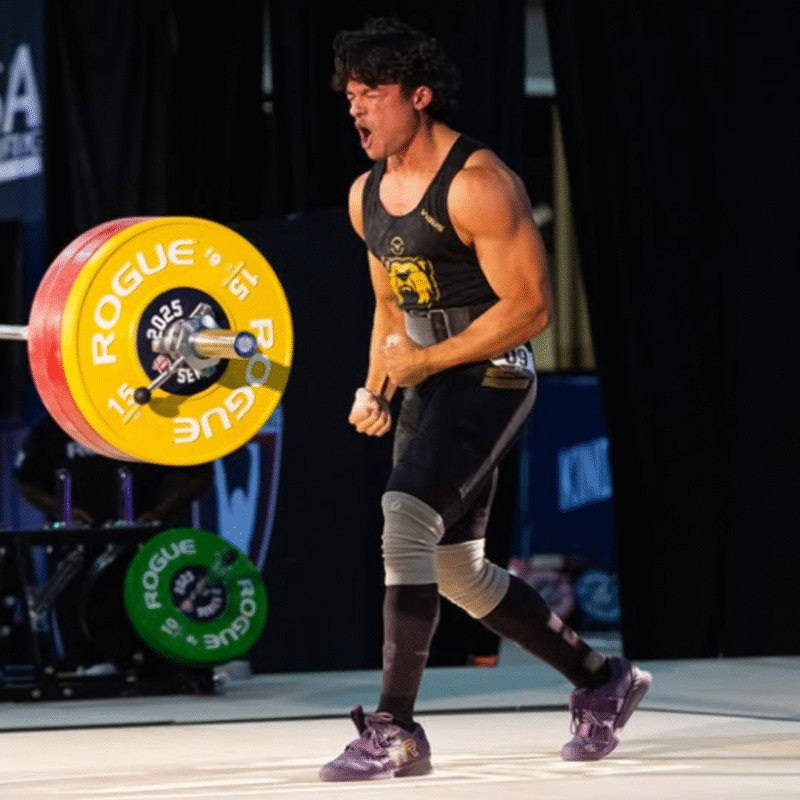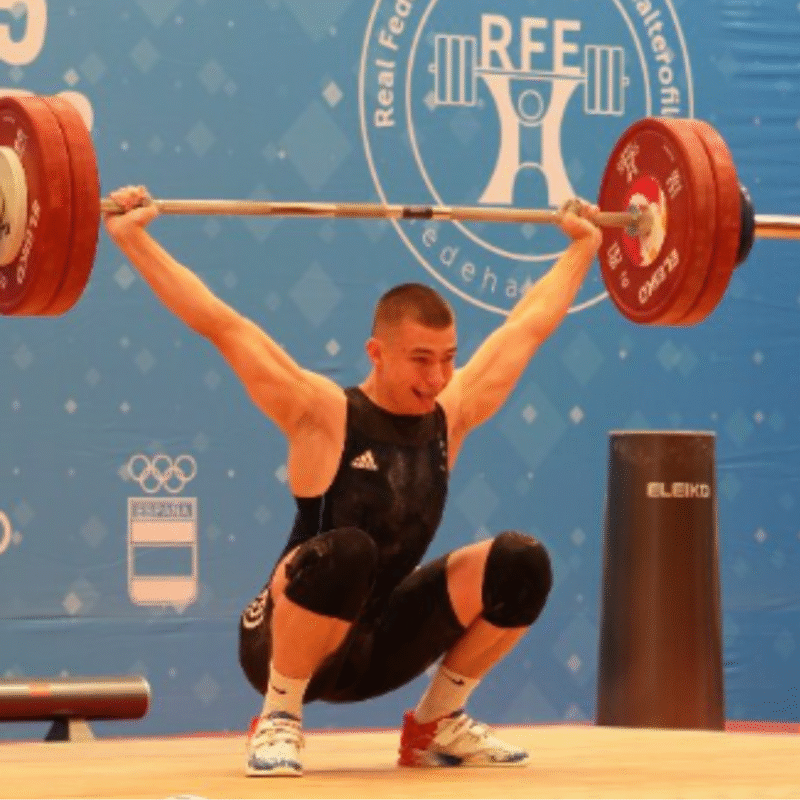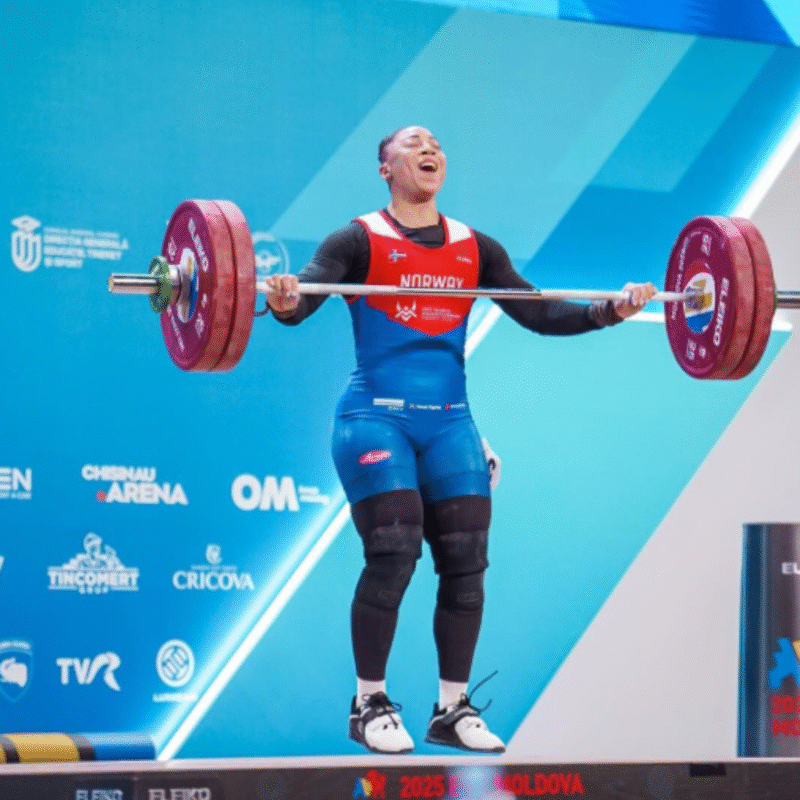Blog
Understanding the IWF’s Doping Risk Tier List
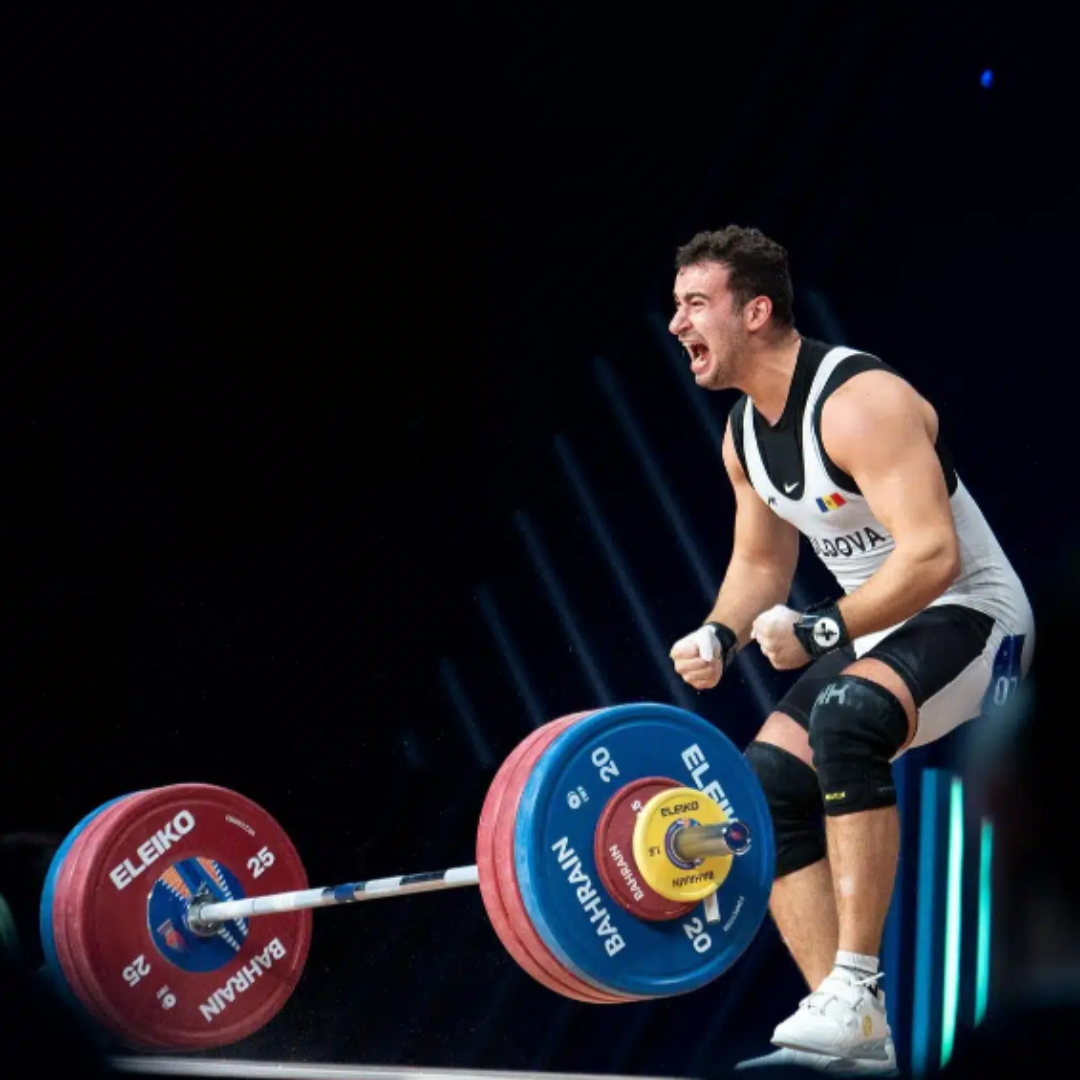

What Is It?
Starting in 2024, the International Weightlifting Federation (IWF), in collaboration with the International Testing Agency (ITA), introduced a three-tier system to classify member federations by their relative doping risk. The purpose? To ensure additional scrutiny and education for federations with greater risk for doping violations.
Tier Definitions
- Category A (High Risk)
- Two annual unannounced out-of-competition (OOC) tests per athlete, plus a mandatory education program
- Category B (Moderate Risk)
- One annual unannounced OOC test per athlete, with a strong recommendation to complete the anti‑doping education module
- Category C (Lower Risk)
- No minimum OOC testing requirement, though testing can still be conducted without warning; education strongly encouraged
Federation Placement
- Category A includes 26 federations—heavyweights like Bulgaria, China, Colombia, Georgia, Iran, North Korea, Russia, and Turkmenistan—all historically linked with doping incidences
- Category B comprises 32 federations, including the United States, Brazil, Kazakhstan, Moldova, the Philippines, and Turkey
- Category C encompasses 134 federations with fewer or no major past infractions
The IWF and ITA do not publicly rank federations within each category; only membership in the category is disclosed
Why It Matters
The IWF’s doping risk tier system is more than bureaucracy—it’s a structural shift in how weightlifting polices fairness. Federations in higher tiers must meet stricter requirements for drug testing and athlete education just to be eligible for international competition. That means national bodies—not just individual athletes—are held responsible for creating a clean environment. It’s no longer enough to ban a lifter and move on; entire countries can now be barred if they don’t meet the testing minimums. In a sport with a long history of repeat offenders, that kind of pressure is overdue.
We’re already seeing signs it’s working. A 2024 study by Bezuglov et al. found that average Sinclair totals declined across several divisions—particularly in senior men, junior women, and senior women—between 2016 and 2022. The authors attribute this trend to stricter anti-doping enforcement and reduced access to performance-enhancing drugs. While the tier list alone didn’t cause the drop, it’s part of a broader crackdown that’s making doping riskier and less rewarding. For fans and athletes who care about clean sport, that’s a step in the right direction.
For athletes, the tier system can have serious personal consequences. Being from a Category A federation can make sponsorships harder to secure, as brands increasingly want to align with clean sport. Even if an individual lifter is drug-free, being associated with a “high-risk” country can raise doubts and damage public image. On the other hand, for athletes in low-risk federations, this is an opportunity—more visibility, more trust, and potentially more support. The tier list doesn’t just shape who competes—it shapes who gets believed.


